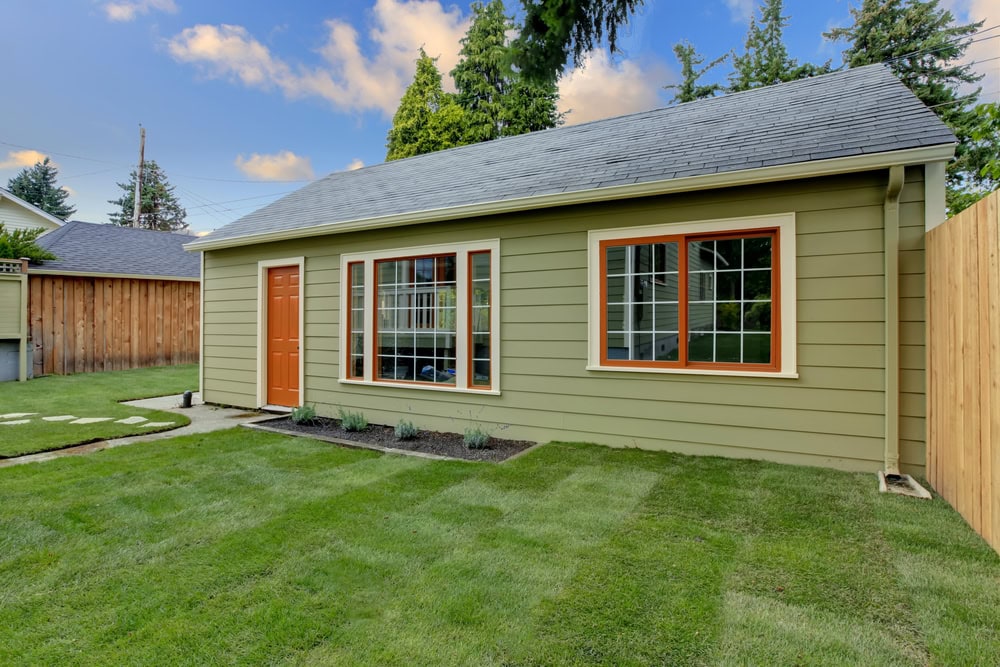California’s housing crisis has created a golden opportunity for contractors in the ADU market. With ADUs now accounting for 20% of new home construction, understanding how to build these units effectively can set you up for significant success in 2025 and beyond.
The ADU Revolution
The landscape for ADU construction has never been more favorable. Recent legislative changes have transformed the market, making it easier and more profitable to build these units. Height restrictions have been relaxed to allow ADUs up to 25 feet high, and local agencies must now respond to plans within 60 days. Perhaps most importantly, the removal of owner-occupancy requirements has opened up the rental market considerably.
Understanding Your Options
When approaching ADU projects, you’ll encounter several different types. Detached ADUs offer complete independence as standalone structures, while attached ADUs integrate seamlessly with the main residence. Converted ADUs transform existing spaces like garages into living areas, and Junior ADUs provide smaller, more affordable options within the main house. Each type presents unique opportunities and challenges for contractors.
Smart Design Principles
Success in ADU construction starts with thorough site assessment. You’ll need to carefully evaluate lot sizes, setback requirements, and utility access before breaking ground. Pay special attention to soil conditions and topography – these factors can significantly impact your foundation choices and overall construction approach.Efficient design has become a hallmark of successful ADU projects. Modern ADUs maximize space through open floor plans and clever storage solutions. Energy efficiency isn’t just a buzzword – it’s essential for long-term value and client satisfaction. Natural light should be a priority in your designs, as it can transform even the smallest spaces into welcoming homes.
Construction Excellence
Foundation and framing work forms the backbone of any quality ADU. Choose your foundation type based on local soil conditions and design requirements. High-quality, moisture-resistant framing materials might cost more initially but will save money and headaches in the long run. Proper insulation and weatherproofing aren’t just code requirements – they’re crucial for energy efficiency and comfort.Utility integration requires careful planning. Some jurisdictions require separate meters, while others allow shared connections. Consider incorporating solar panels and water-saving fixtures to appeal to environmentally conscious clients. HVAC sizing deserves special attention – an improperly sized system can lead to comfort issues and unnecessary energy costs.
Finishing Strong
Your choice of finishes can make or break an ADU project. Water-resistant flooring materials and energy-efficient windows and doors should be standard features. When selecting appliances, balance quality with affordability to meet your client’s budget while ensuring durability. Built-in storage solutions can transform a good ADU into a great one by maximizing every available inch of space.
Marketing Your Expertise
Success in the ADU market requires more than just construction skills. Position yourself as an ADU expert by showcasing your knowledge of local regulations and construction techniques. Document your projects with before-and-after photos, and consider offering free consultations to educate potential clients. Building relationships with real estate agents can provide a steady stream of referrals.
Looking Forward
The ADU boom in California shows no signs of slowing down. As housing demands continue to grow, contractors who understand ADU construction will find themselves increasingly in demand. Stay informed about legislative changes, master efficient construction practices, and build a strong portfolio of successful projects.Remember, every ADU project is an opportunity to demonstrate your expertise and contribute to solving California’s housing challenges. By focusing on quality construction and client satisfaction, you’ll build not just ADUs, but a reputation as a go-to contractor in this lucrative market.

